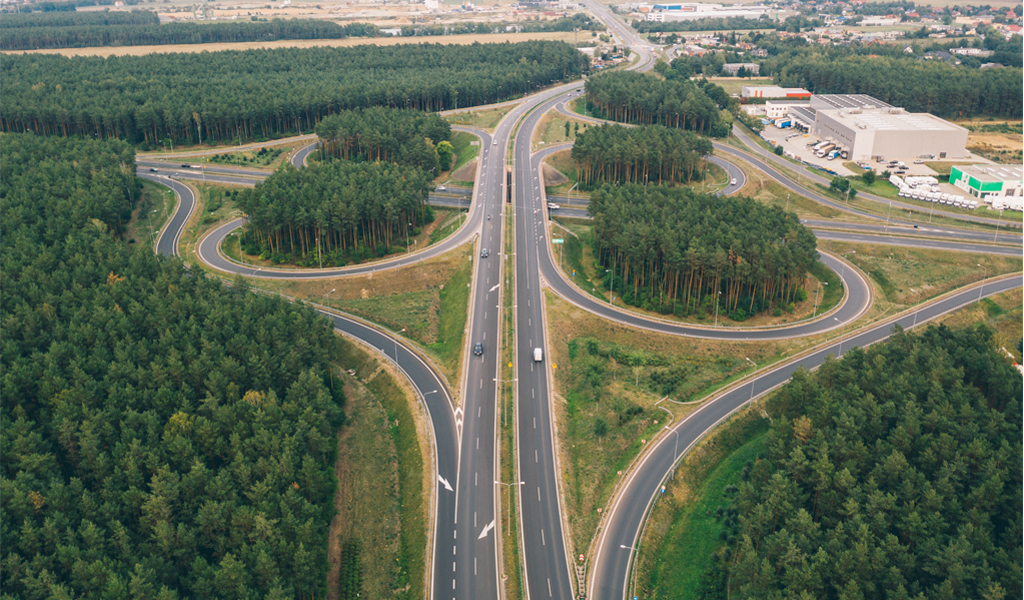Circular transition at urban level
Cities are the main drivers of economic development and the production districts introduce a bio-uniqueness principle among the urban and industrial dimension at a territorial level. The circular economy offers great opportunities for innovation and sustainability of cities and their production systems. Allowing companies to identify and exploit these opportunities helps speed up the transition. This also means enhancing all the initiatives developed by virtuous organizations at micro level translating them into a wider system that favors symbiotic phenomena.
The development of more sustainable consumption patterns among citizens is an additional opportunity to move the economy in a circular direction. Cities are able to help, motivate or push their citizens in this direction.
At urban level, we support local decision makers for the definition and implementation of innovation, regeneration and cohesion policies:
- • Innovating processes: rethinking production processes in a circular way considering the product’s life cycle. A better legislation can facilitate the recovery and reuse of waste and by-products, better funding can help adopt less impactful technologies, better knowledge can affect organizations on the one hand and citizens on the other to drive more informed consumption.
- • Regenerate the city: unused or underused spaces and buildings must be rethought and destined for new productive, recreational and social functions. Better legislation can help in temporary or permanent change of destination, better funding can contribute to the necessary adjustments, better knowledge can push more aware citizens to reclaim “forgotten” places.
- • Increase cohesion: by promoting participatory processes and active citizenship within the cities, it may contribute to improving the quality of life and collaboration at all levels.

